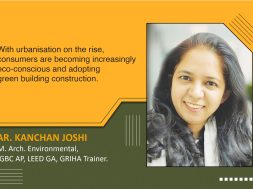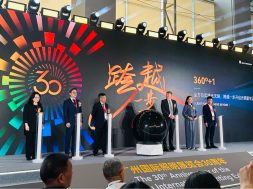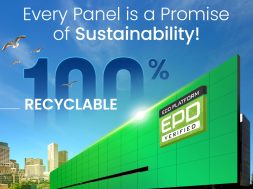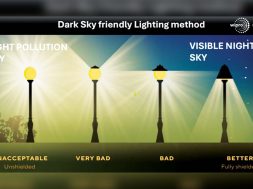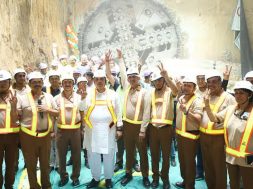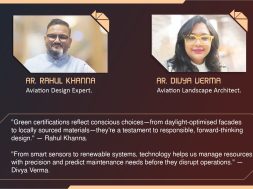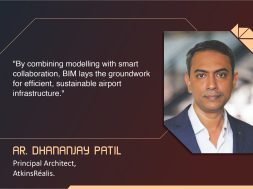Green building site selection depends on factors from topography to zoning
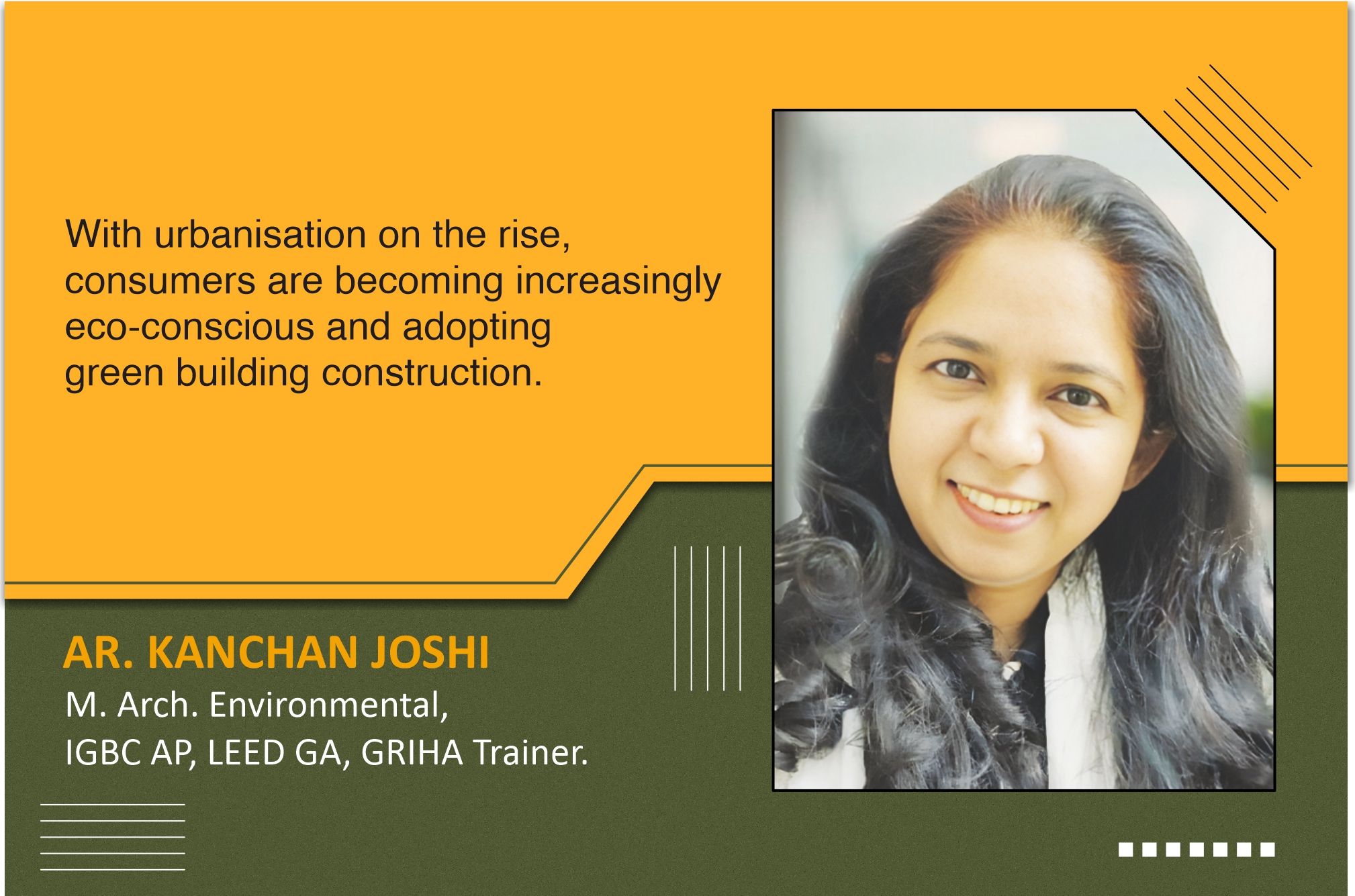
This interaction explores the site selection criteria, trends, and challenges with green building construction in India.
Please walk us through the key considerations for green building site selection.
Some key considerations include environmental impact; topography and natural features; water management; access to renewable energy sources; climate conditions; soil quality; biodiversity and ecosystem preservation; site access and construction impact; community and social impact; and building regulations and zoning. Buildings should not be planned on wetlands and sensitive ecosystems. Brownfield sites and urban fill locations should be prioritised to minimise environmental degradation. The site’s natural features, such as soil stability, slope, access to sunlight, and access to other renewable energy sources, should be evaluated, and locations with existing features and rainwater harvesting must be prioritised. Considering the local climate and proximity to public amenities is also important. The site should also comply with local zoning laws and building codes related to sustainability. Minimising disruption to the site and surrounding areas during construction is crucial for maintaining the integrity of the green building initiative.
What are the primary strategies to incorporate renewable energy sources?
Primary strategies include integrating solar power (photovoltaic systems) through rooftop solar panels and building-integrated photovoltaics (BIPV); installing solar water heating systems; utilising wind energy through small-scale wind turbines and community wind farms; and using ground source heat pumps (GSHP) and geothermal systems for heating and cooling. Integrating biomass heating and biogas systems is particularly beneficial in buildings with access to local organic waste. Other sources of renewable energy include thermal energy storage systems and micro-hydro systems. For larger developments or urban areas, district energy systems can integrate renewable energy sources and distribute the energy.
Please throw some light on the common green building certifications besides LEED.
Common certifications other than LEED include BREEAM (Building Research Establishment Environmental Assessment Method), catering to different typologies of buildings; WELL Building Standard, focusing on human health and wellness; LBC (Living Building Challenge), focusing on achieving net-zero energy, water, and waste; Green Globes, emphasising sustainable design and operations; Energy Star, managed by USEPA for commercial buildings; Net Zero Energy Building Certification, focusing renewable energy generation on-site and efficient energy consumption; Passivhaus (Passive House), aiming at ultra-low-energy buildings; and EarthCraft, emphasising on sustainable materials. The IgCC (International Green Construction Code) provides a set of standards for green building design and construction, and GBI (The Green Building Initiative) offers a specific certification for existing buildings. Each certification has its own set of requirements, criteria, and regional focus.
What are the emerging trends and technologies in green building design?
Emerging trends focusing on enhancing energy efficiency and sustainability include net-zero energy buildings, sustainable and carbon-absorbing materials, dynamic glazing, geothermal systems, smart thermostats and energy management systems, green roofs, vertical gardens, smart building technologies, water efficiency innovations, biophilic design, and achieving circular economy in construction.
What are the opportunities and challenges for green building construction in India?
India’s rapidly expanding urbanisation and growing population, consumers becoming more environmentally conscious, and increasing awareness about environmental issues have made sustainable construction a critical area for development. The government’s support and policy initiatives like Green Building Regulations and Standards and Smart Cities Mission are encouraging. Other drivers are solar energy potential, expected long-term cost savings, and climate resilience.
Potential challenges to implementing green building construction include high initial costs, lack of awareness and expertise, limited access to finance, inadequate recycling and waste management infrastructure, limited availability of green materials, regulatory and policy challenges, climate and geographic diversity, and resistance to change.
Cookie Consent
We use cookies to personalize your experience. By continuing to visit this website you agree to our Terms & Conditions, Privacy Policy and Cookie Policy.
